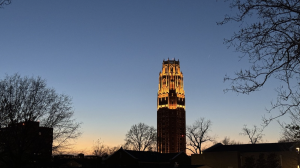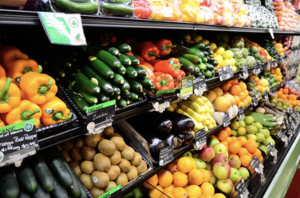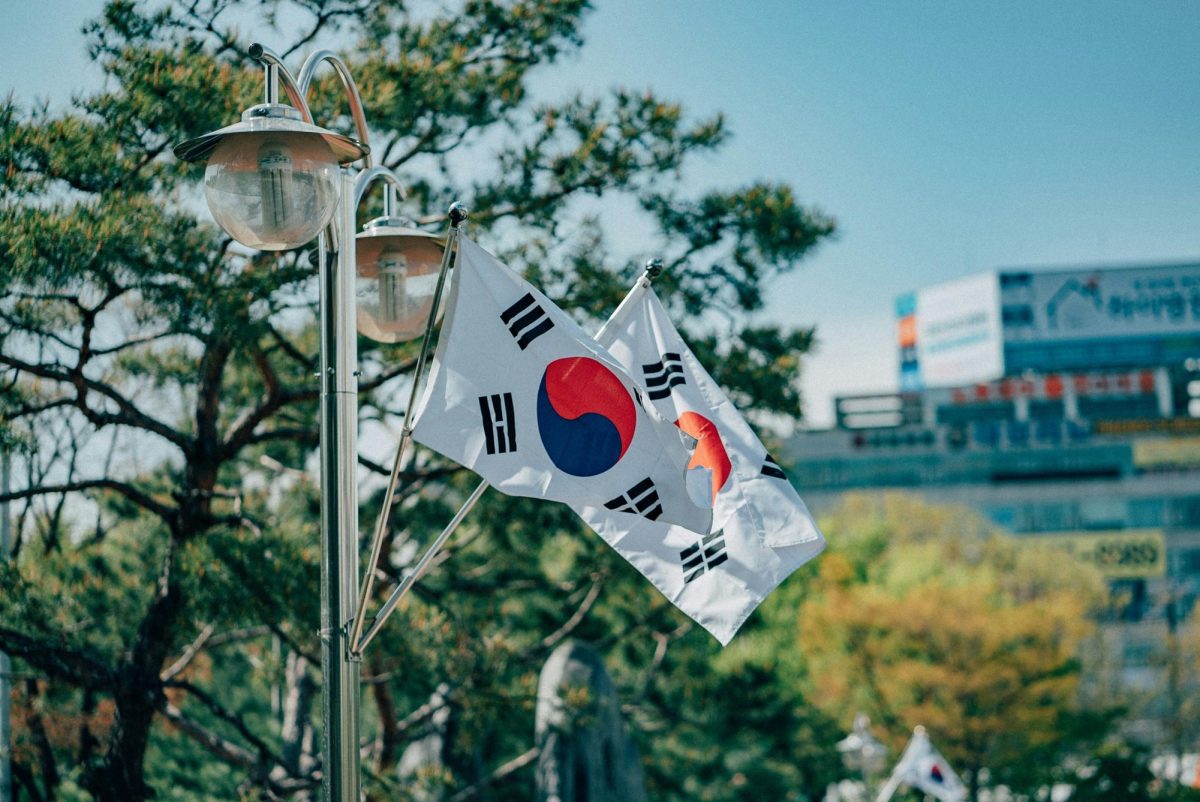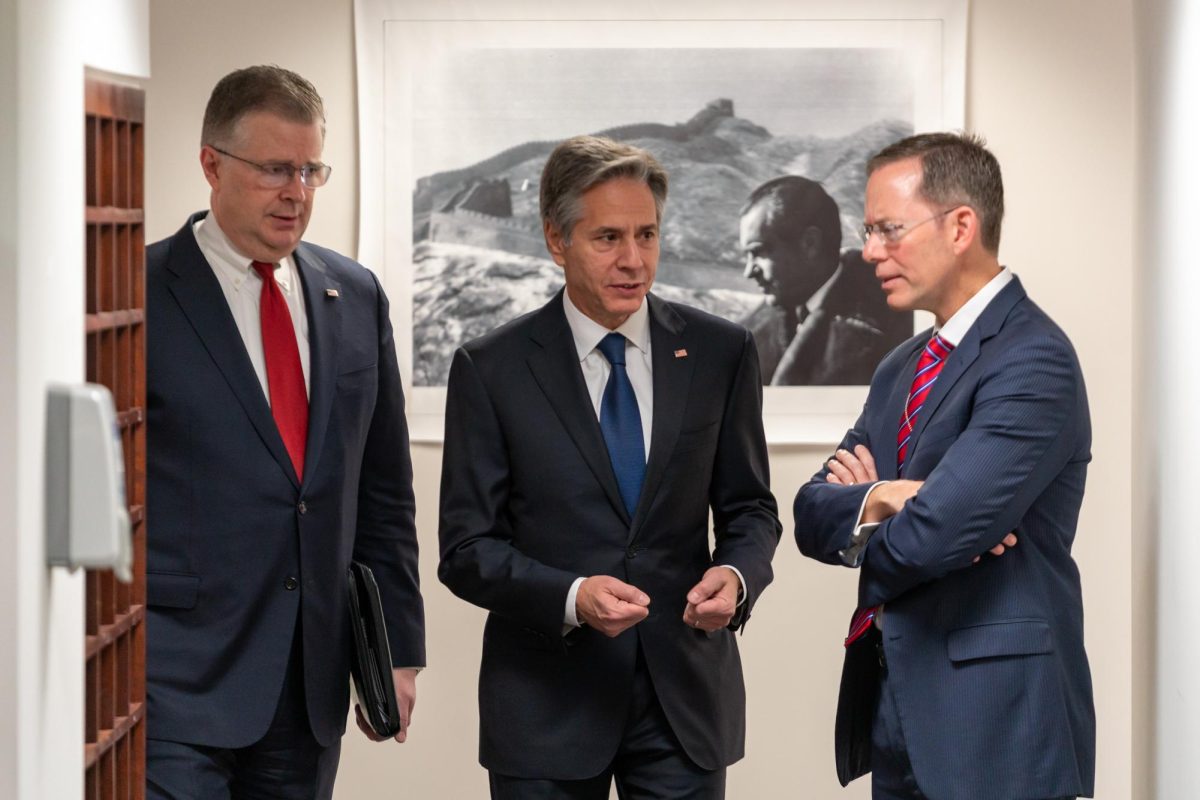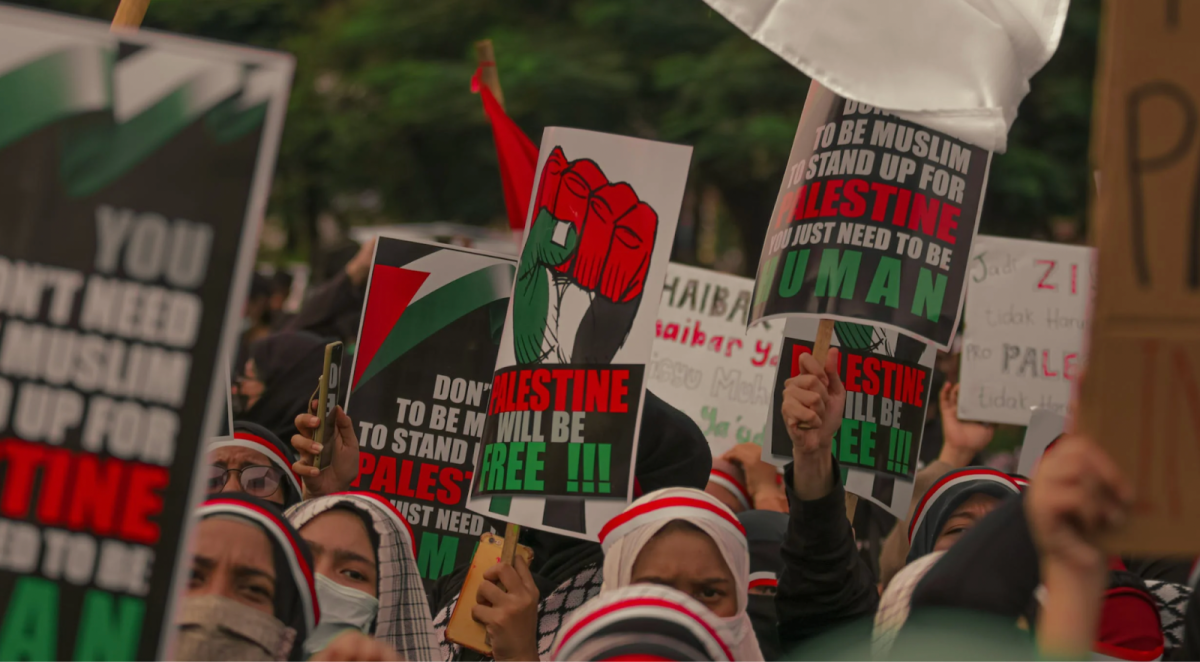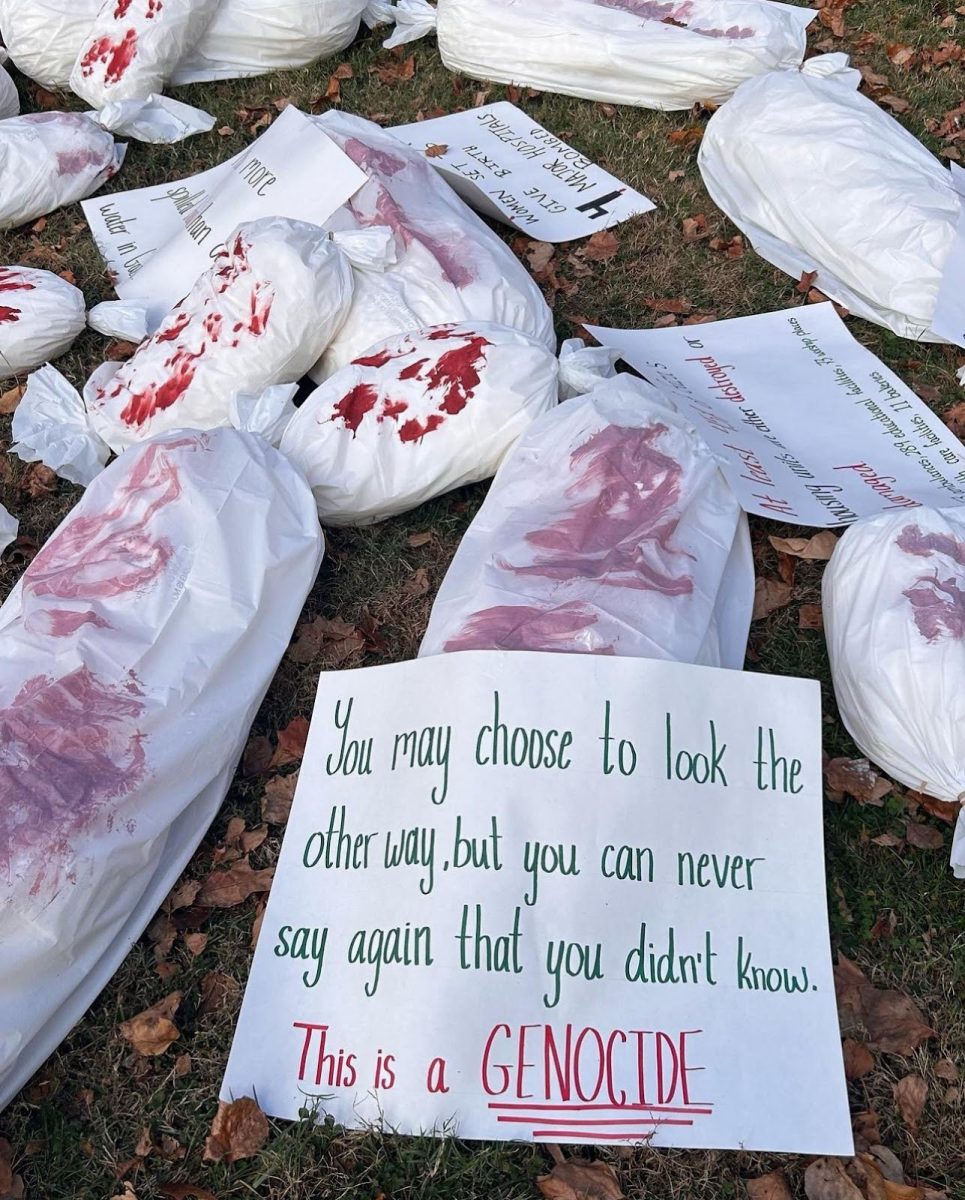1,000,000,000,000.
It’s a number hard to grasp. It’s a number that won’t fit in a standard calculator. It’s enough to give every single person in the United States $3257. It’s enough to reach the sun if you laid that many dollar bills end to end. It’s enough to buy all the stock on the Toronto Stock Exchange.
It’s also the amount the United States has spent on developmental aid and loans to Africa over the last 50 years. Yet who has decided on how to spend this aid? Mostly Western policymakers disconnected from true realities and African dictators who have largely used the money to sustain corrupt powers. But public campaigns rallying for additional African aid have only increased.
Despite a trillion dollars in influxes of aid and loans, parts of Africa have only gotten poorer. The Marshall Plan that rebuilt Western Europe after the Second World War cost 100 billion in present-day U.S. dollars. It was only one-tenth of what we have spent on Africa, yet the Marshall Plan brought Western Europe back from its economic decline. So where did the West go wrong with Africa? Well, for one, the Marshall Plan instigated short and defined interventions within a few countries in Europe; African large-scale “poverty reduction strategies” are Western-designed interventions applied to dozens of countries at once. Additionally, there is little accountability for the blurry goals and deadlines inherent in the open-ended interventions.
At some point, we have to realize the difference between humanitarian aid and situational aid. Giving aid during natural disasters is key to saving lives, but the large-scale “poverty-reduction” policies implemented over the past five decades have not achieved their goals. It’s high time for a change. Increased funding for women and girls’ education is a good way to start. In parts of Africa, the woman’s role is primarily seen as child rearing. Poor women in some African regions continue to have five or more children; under these circumstances, national populations will double each generation. Governments and infrastructures already struggle to meet the basic needs of the current population; imagine what some African regions would look like in a generation with double their current population. Yet when you educate a girl, everything changes. She will be three times less likely to get HIV/AIDS, earn 25% more in income, re-invest 90% of that in her family, and have fewer children. But giving money to governments to fund women’s education is ineffective; corruption losses in education initiatives can be as high as 60%.
That number says a lot about the current model of giving aid. The problem of corruption is only compounded by the vicious cycle of debt deriving from World Bank and International Monetary Fund loans. In many cases, aggregated interest and penalty payments have exceeded the principal loan amount itself. This vicious cycle only continues. Current African governments have to spend a great proportion of their countries’ GDP to pay back loans that were squandered by past governments. Payments for these Western debts come at a direct trade off to spending on local health services, education, and a host of other social needs.
Today, international loans to sub-Saharan Africa and international food aid are still heralded as productive solutions to poverty. But the fallacies behind the policies are innumerable. Take U.S. Food Aid: only 33 cents of each U.S. aid dollar is actually spent on food. U.S. Federal regulations require the food supplies be purchased locally from farmers in the U.S., packaged in the U.S., and then shipped on U.S. flag-bearing vessels. The inflated local cost of food, in addition to the prodigious shipping costs, is not only ineffective, but also incredibly devastating. African farmers can’t possibly compete with free food; they lose their farms and become dependent on food aid themselves. It would be so much more effective to take the money and purchase locally grown food, but politicians are afraid of the outcry from American farmers who benefit under the current policy. So, under the status quo, whom really does food aid benefit? It’s a question the American populace needs to ask Western policy makers. And yet another question must be asked: must we spend another trillion dollars before we finally acknowledge the failures and fallacies of the current model?
Sources
[1] “Campaign for Female Education.” Female Education Can Change Everything. Web. 7 Nov 2010. <http://us.camfed.org/site/
[2] Kanungo. P, ‘Public Expenditure Tracking Surveys – Application in Uganda, Tanzania, Ghana and Honduras’, The World Bank, 2004, p.3
[3] Salzman, Avi. “U.S. Food Aid: We Pay for Shipping.” Politics, Business Week. 9 July 2008. Business Week. 24 Aug 2009 <www.businessweek.com/bwdaily/
[4] “Visualizing One Trillion Dollars.” Mint: Personal Finance Blog. Mint Life, 03 12 2009. Web. 7 Nov 2010. <http://www.mint.com/blog/
This piece is a guest submission by Annie Wang, Vanderbilt University ’13.

